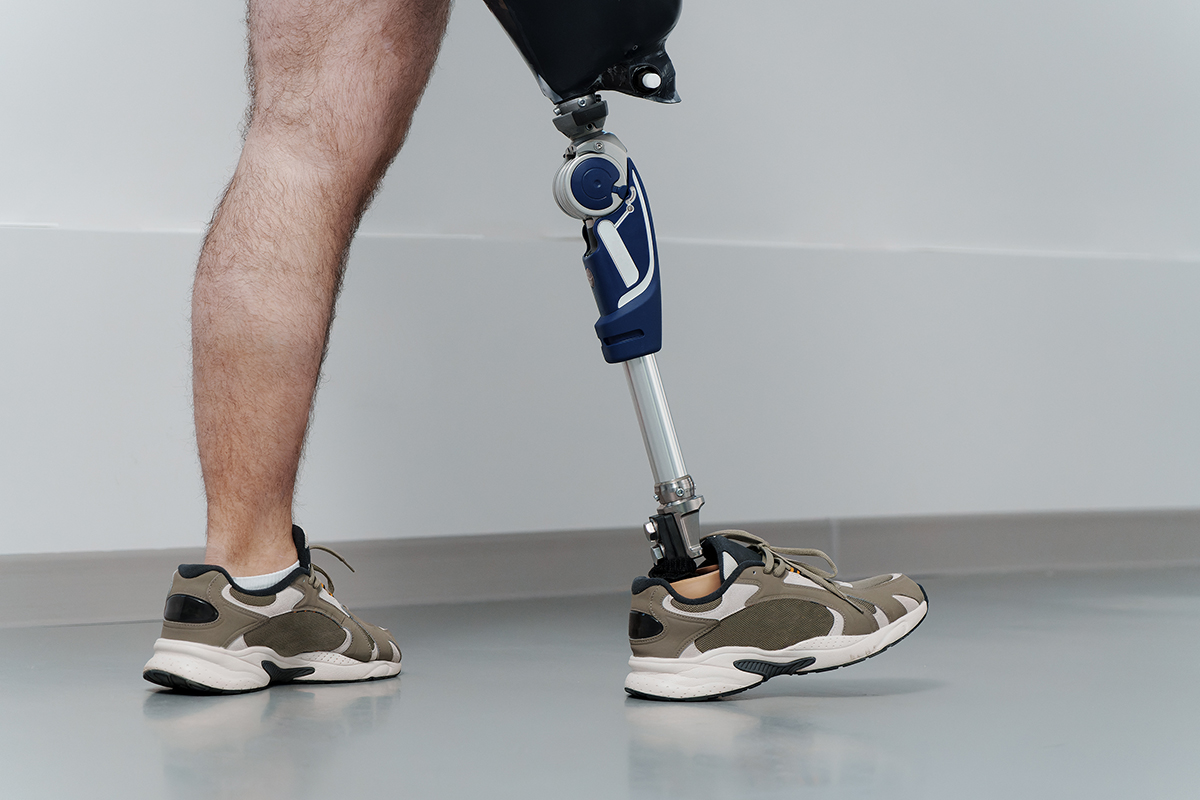Spinal Cord Stimulation Offers Hope to Amputees Suffering from Phantom Limb Pain

In a groundbreaking study emerging from the University of Pittsburgh, individuals who have lost a leg might soon find relief from the persistent and painful phenomenon known as phantom limb pain. This condition, characterized by discomfort or pain in an absent limb, has long been a challenging consequence of amputation. However, the new approach using spinal cord stimulation presents a promising solution that could revolutionize the quality of life for amputees.
Lee Fisher, the study’s senior author and an associate professor of physical medicine and rehabilitation at Pitt, announced that their team is harnessing existing technologies to create substantial improvements in functionality and pain reduction. This novel use of spinal cord stimulation involves the integration of special pressure sensors within the prosthetic’s foot, triggering signals directly to the spinal cord. This innovative technology not only holds the potential to alleviate pain but also to enhance the wearer’s mobility.
Over 1.5 million Americans are living with lower-limb amputations—many of whom experience the relentless discomfort of phantom limb pain that frequently does not respond to conventional medications.
Replacing the lost connections between the spinal cord and the limb is the key
This technique is particularly vital as it provides sensory feedback—a feature often missing from many prosthetic devices, making balance and walking more arduous tasks for amputees. By replacing the lost connections between the spinal cord and the limb with this new cord-stimulation technology, Fisher’s group has essentially re-established a line of communication that could help in regaining balance and stability.
The study details the process: A pair of slender electrode strands are implanted over the spinal cord’s surface in the lower back area, connected to a stimulation device small enough to fit in the palm of a hand. This device sends out electric pulses that are modulated in amplitude and frequency, tailored to each individual’s needs.
Over the three-month duration of the study, participants demonstrated notable improvements in their ability to walk and stand, signaling a significant stride forward in prosthetic technology. More than just aiding in mobility, the participants reported an astonishing 70% average reduction in phantom limb pain.
Fisher’s team’s efforts offer more than just physical relief; they provide a beacon of hope for amputees, potentially restoring a sense of normalcy to their lives.
Source:
